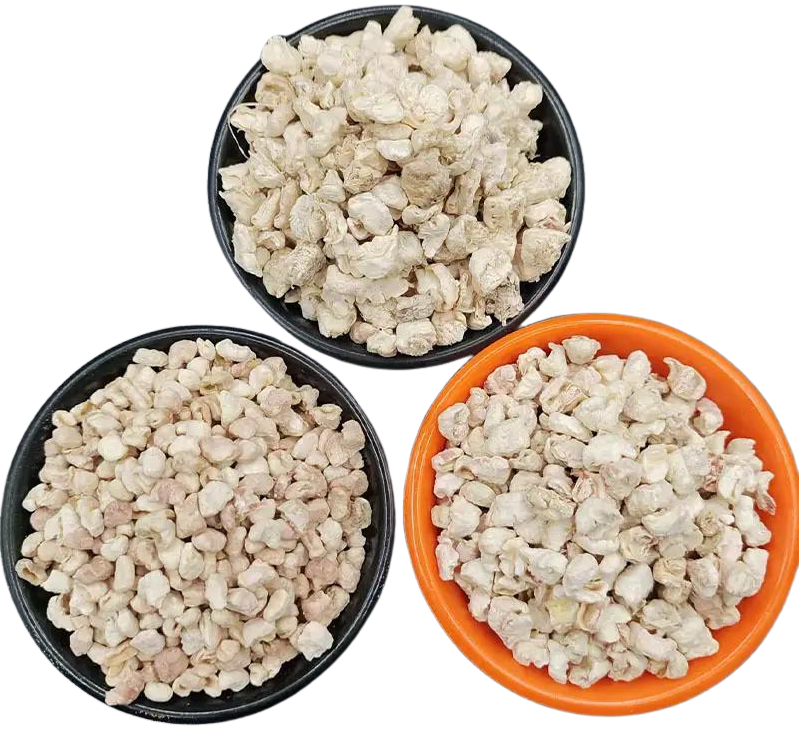
Enhancing Durability and Aesthetics with Aluminium Oxide Coating for Various Applications and Industries
Aluminium Oxide Coating Enhancing Durability and Aesthetics
Aluminium oxide coating, commonly known as anodizing, is a sophisticated electrochemical process that enhances the natural oxide layer on the surface of aluminium and its alloys. This process not only improves the material's durability and resistance to corrosion but also offers aesthetic advantages, making it a popular choice in various industries, from aerospace to consumer electronics.
Understanding the Anodizing Process
The anodizing process involves immersing aluminium components in an acid electrolyte bath, where an electrical current is passed through the solution. This leads to the formation of a thick, controlled oxide layer on the surface of the aluminium. The resulting aluminium oxide (Al2O3) layer is hard, non-reactive, and can vary in thickness depending on the specific requirements of the application. As a result, anodizing provides a robust finish that is significantly more resistant to scratching and wear than untreated aluminium.
One of the remarkable aspects of anodized aluminium is its ability to retain the metallic look while offering a wide range of color options. The anodizing process allows for dyes to be introduced during the treatment, resulting in a vibrant spectrum of colors that can enhance the visual appeal of products. This is particularly important in consumer goods, where aesthetics play a crucial role in influencing purchasing decisions.
Benefits of Aluminium Oxide Coating
1. Corrosion Resistance One of the most significant advantages of anodizing is its ability to protect aluminium from corrosion. The thick oxide layer acts as a barrier against environmental factors such as moisture, salt, and other corrosive agents. This makes anodized aluminium an ideal choice for applications in harsh environments, such as marine and industrial settings.
2. Increased Hardness The anodized layer is much harder than the underlying aluminium, providing excellent wear resistance. This is particularly beneficial in applications where components are subjected to friction or abrasive conditions, such as in machinery or automotive parts.
aluminium oxide coating

3. Improved Aesthetic Qualities Anodizing provides a unique finish that can be left in its natural state or dyed to achieve various colors. This versatility makes it a favored option for designers looking to create eye-catching products while retaining the metallic appeal of aluminium.
4. Environmental Considerations The anodizing process is environmentally friendly. Unlike traditional painting or plating finishes, anodizing does not involve the use of harmful chemicals that can be released into the environment. Additionally, the oxide layer is non-toxic and safe for a variety of applications, including those in food and medical industries.
5. Easy Maintenance Anodized aluminium surfaces are easier to clean and maintain than untreated surfaces. The smooth oxide layer resists dirt and grime, reducing the need for frequent cleaning and making it a practical choice for both industrial and consumer applications.
Applications of Anodized Aluminium
The applications of aluminium oxide coating are vast and varied. In the aerospace industry, anodized aluminium is used for both structural and aesthetic components due to its lightweight and corrosion-resistant properties. In the architectural sector, anodized aluminium is commonly employed in window frames, curtain walls, and exterior cladding, enhancing both durability and design. Furthermore, consumer products such as smartphones, laptops, and kitchen appliances frequently showcase anodized finishes that provide both protection and visual appeal.
Conclusion
In summary, aluminium oxide coating through anodizing is a valuable process that significantly enhances the properties of aluminium. Its benefits, including increased corrosion resistance, improved hardness, aesthetic versatility, and environmental friendliness, make it an excellent choice for a wide range of applications. As industries continue to seek durable and appealing materials, the demand for anodized aluminium is expected to grow, solidifying its role as a cornerstone of modern manufacturing and design.
Share
-
Premium Pigment Supplier Custom Solutions & Bulk OrdersNewsMay.30,2025
-
Top China Slag Fly Ash Manufacturer OEM Factory SolutionsNewsMay.30,2025
-
Natural Lava Rock & Pumice for Landscaping Durable Volcanic SolutionsNewsMay.30,2025
-
Custom Micro Silica Fume Powder Manufacturers High-Purity SolutionsNewsMay.29,2025
-
Custom Mica Powder Pigment Manufacturers Vibrant Colors & Bulk OrdersNewsMay.29,2025
-
Custom Micro Silica Fume Powder Manufacturers Premium QualityNewsMay.29,2025






